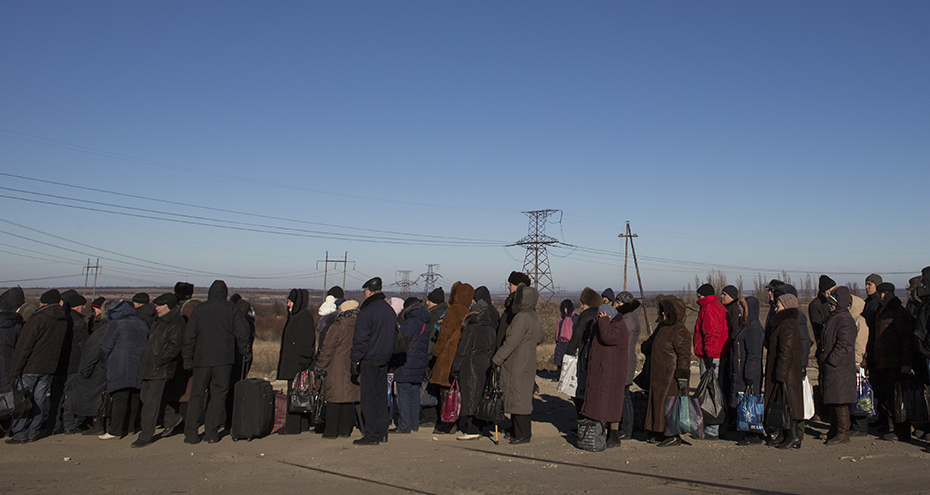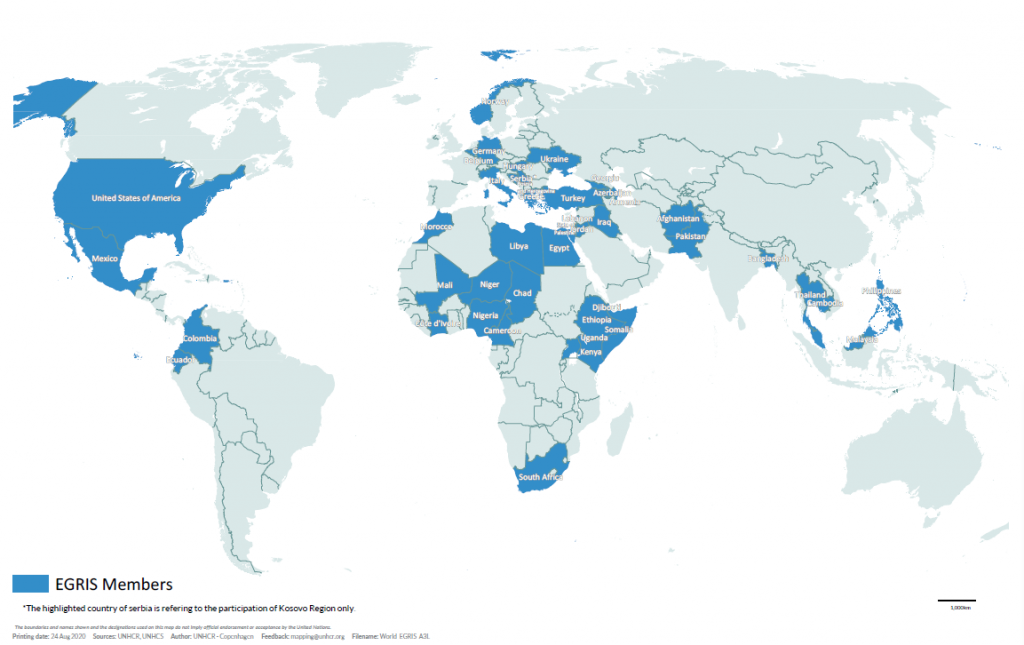Authored by Natalia Krynsky Baal, Emi Suzuki & Caroline Sergeant

Photo:© UNHCR/John Wendle
After a large increase in the mid-2010s, the number of refugees worldwide continues to break records. It was estimated that there were 26 million refugees worldwide in 2019. Internally displaced persons (IDPs) are estimated to be 51 million in 2019, almost twice the number of refugees. Moreover, displacement situations are increasingly protracted in nature with a growing proportion of refugees and IDPs living in such situations that are often characterized by high levels of vulnerability, marginalization and poverty. The need to address this global forced displacement crisis is widely accepted and the Bank and other development and humanitarian actors are stepping up efforts to mitigate the significant socio-economic impacts on host countries.
As we wrote in an earlier blog, data and evidence are critical to inform our response and global standards on forced displacement statistics for both refugees and IDPs are essential. Without international guidance, countries and institutions have produced data on forced displacement without due coordination or transparency. Terminology and methods used are often inconsistent, making data incomparable and of mixed quality. Statistical capacity varies between countries, and often refugees, IDPs and related population groups are not included (or adequately identified) in national censuses or regular migration and population statistics. To address these challenges, the Expert Group on Refugee and Internally Displaced Persons Statistics (EGRIS) was established by United Nations Statistical Commission (UNSC) in 2016. As of January 2021, membership comprises 45 country members (mostly from national statistical offices) and around 25 international and regional organizations. Its work is overseen by a Steering Committee that includes Norway, Eurostat, Colombia, Ukraine, the Kurdistan Region of Iraq, the African Union Commission, UNESCWA, UNHCR, UNSD, Joint IDP Profiling Service (JIPS), World Bank, Joint Data Center on Forced Displacement (JDC), International Displacement Monitoring Centre (IDMC) and International Organization for Migration (IOM).

The highlights of the EGRIS work include the development and publication of the International Recommendations on Refugee Statistics (IRRS) adopted by the UNSC in 2018 and the International Recommendations on Internally Displaced Persons Statistics (IRIS) adopted in 2020 and published recently. A Compilers’ Manual, providing practical guidance for the implementation of both sets of recommendations, is also available with work ongoing to strengthen its content based on a growing body of global experience. These three publications have been an important focus of the Expert Group’s work so far, and the World Bank has been actively engaged in the process.
We introduced the IRRS earlier, so we would like to briefly introduce the IRIS here.
The IRIS will help countries and international organizations to harmonize and improve the quality of statistics on IDPs. The IRIS encompasses: (a) The legal and policy frameworks; (b) Developing a statistical framework; (c) Durable solutions and key displacement-related vulnerabilities; (d) Variables and tabulations; (e) Data sources for collecting IDP statistics; and (f) Coordination of IDP statistics. The recommendations provide clear statistical definitions of IDPs and IDP-related populations, that aim to enhance the interoperability of data across time and countries/areas. Critically, the definition outlines criteria that need to be met to both enter and leave the national stock of IDPs covering issues of significant policy/operational relevance such as the causes of forced displacement, the relationship to different population groups (such as refugees or migrants returning from abroad), and the list of displacement-related vulnerabilities that should be overcome to no longer be included in the IDP statistical category.
The IRIS also provides recommendations on the different data sources that can be used and ways to coordinate among national and international data producers. The latter focus on facilitating stronger cooperation, reducing the negative impact of duplication, and take into consideration capacity limitations in many affected countries. They are particularly relevant for ongoing deliberations in the context of the UN Secretary General’s High Level Panel on Internal Displacement to which the EGRIS community is actively contributing. Taken together, the IRIS represents a significant achievement that will enhance the joint use of IDP data to inform evidence-driven national and international policies and responses to internal displacement.
Given the successful endorsement by the UNSC and publication of these two sets of Recommendations, EGRIS is now focused on rolling them out and supporting their implementation during its third phase, 2020-2024. In order to undertake this work EGRIS has established three technical sub-groups to work on: (1) Promotion and dissemination of the Recommendations on both refugee and IDP statistics, (2) Capacity building, and (3) Knowledge sharing and refinement of the Compilers’ Manual. In addition, progress in various country contexts—including Colombia, Ukraine, Kenya and Ethiopia—demonstrates the enthusiasm and support from Governments and National Statistical Offices to transform paper into practice.
EGRIS phase III is currently benefitting from financial support of the World Bank-UNHCR Joint Data Center and continues to encourage new membership from interested stakeholders. The World Bank remains actively involved and we will keep you updated on progress as this important work continues.


